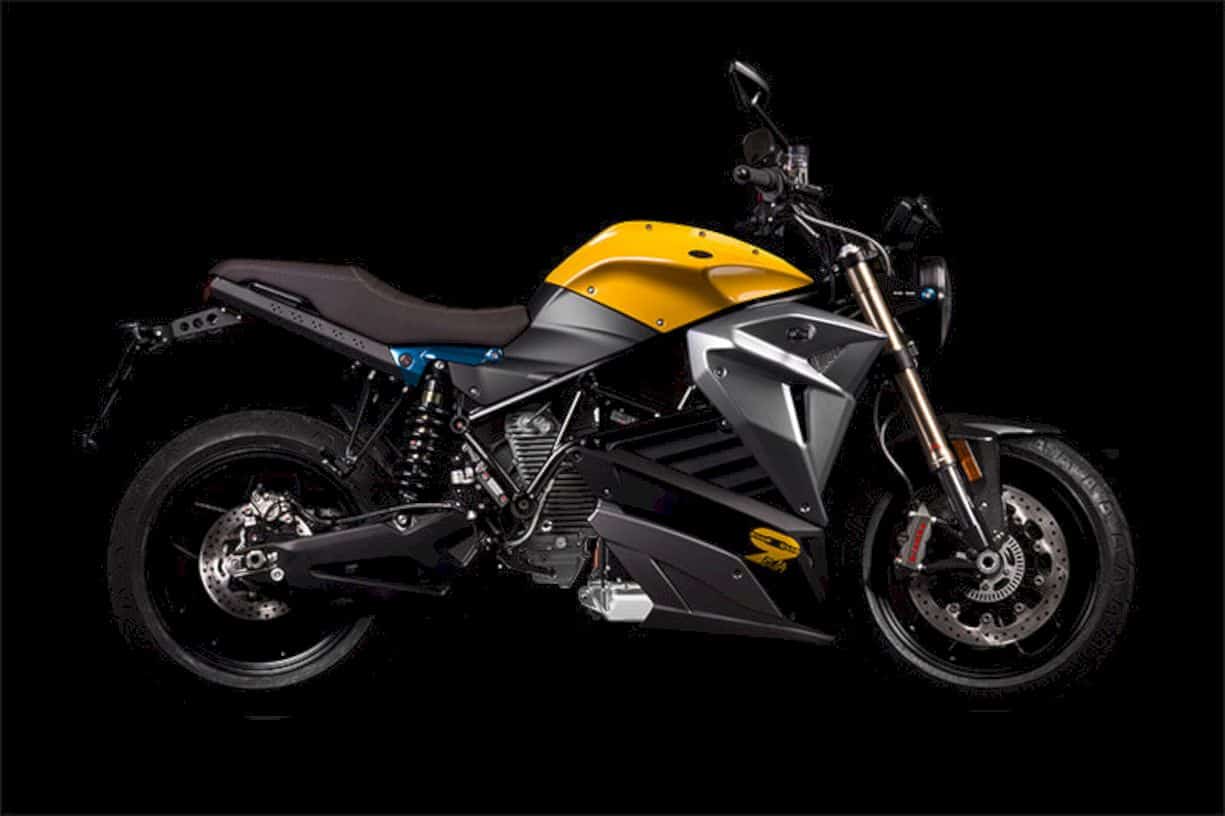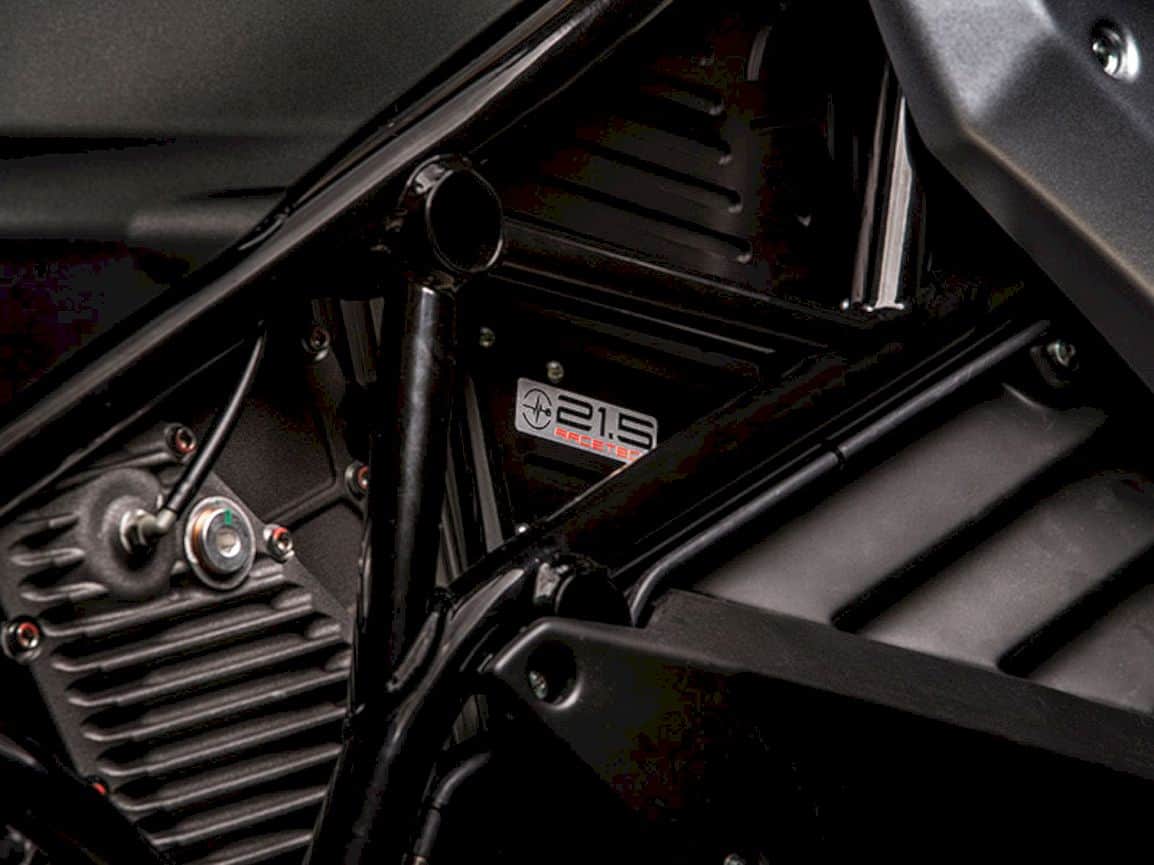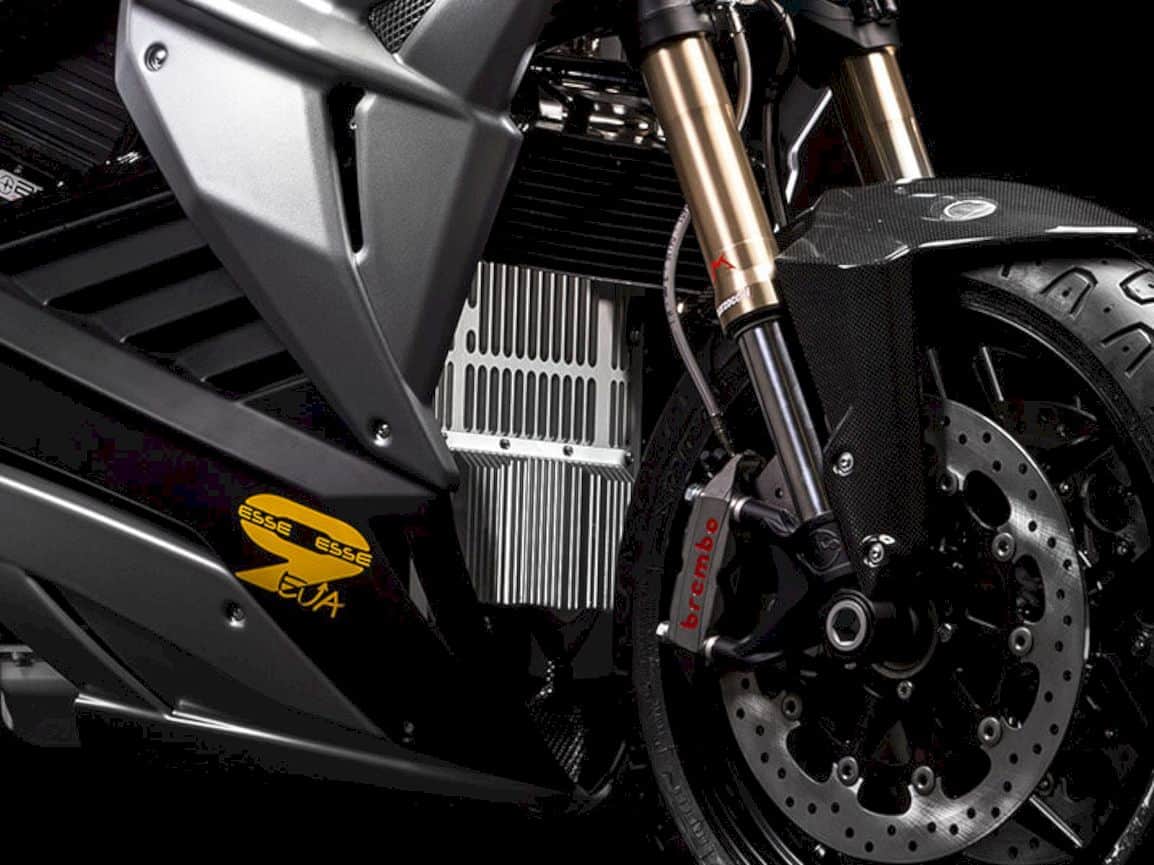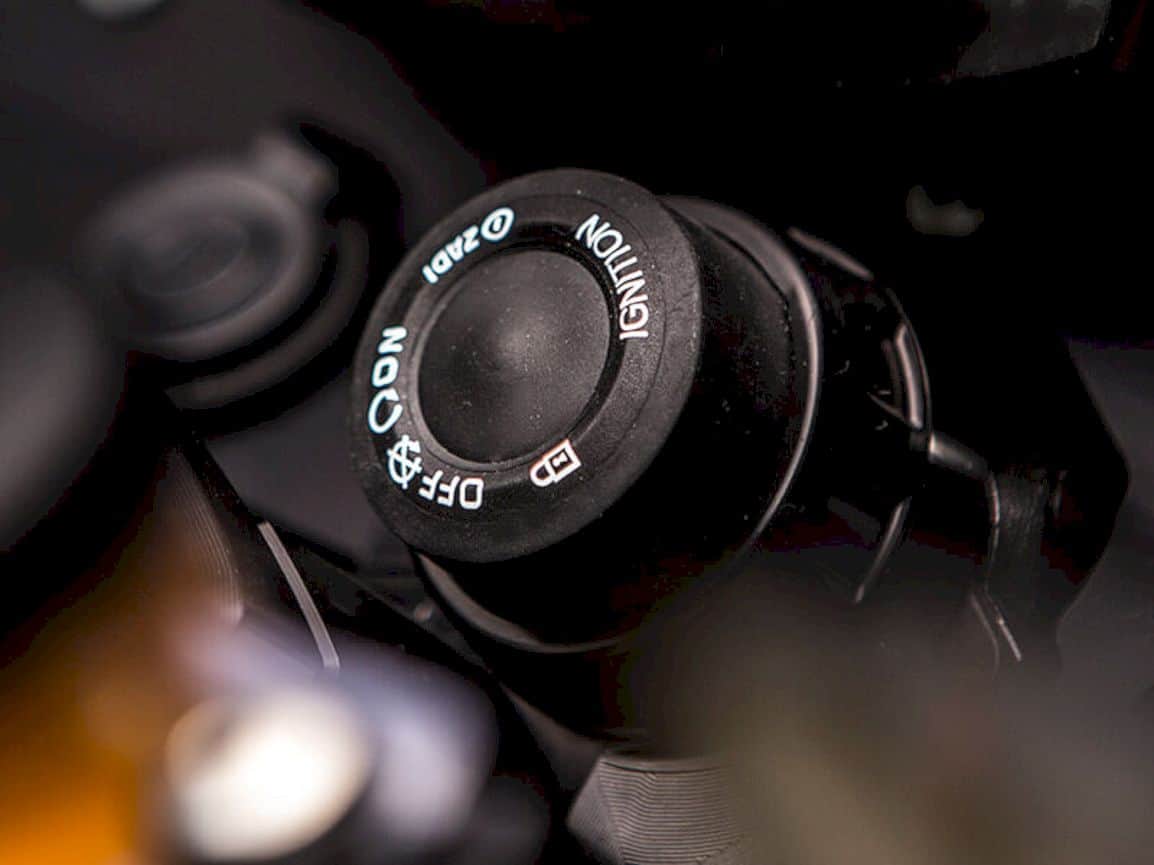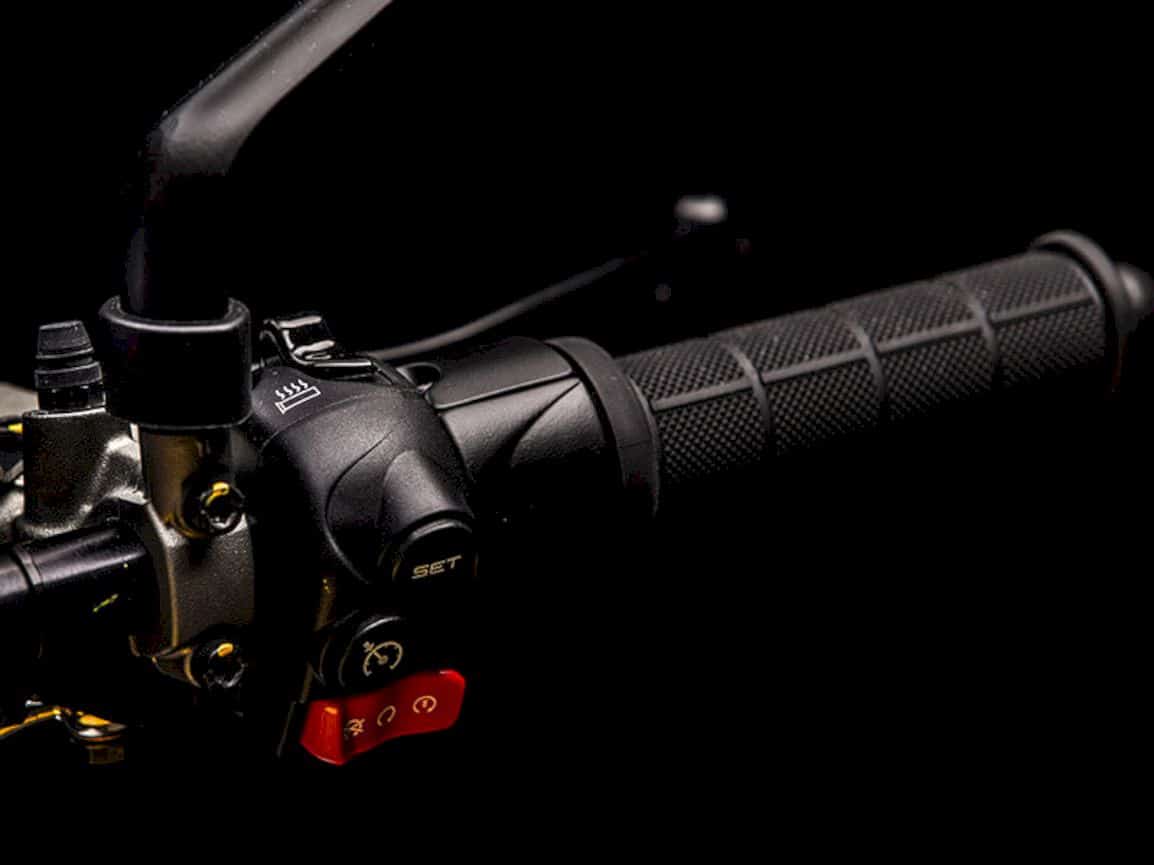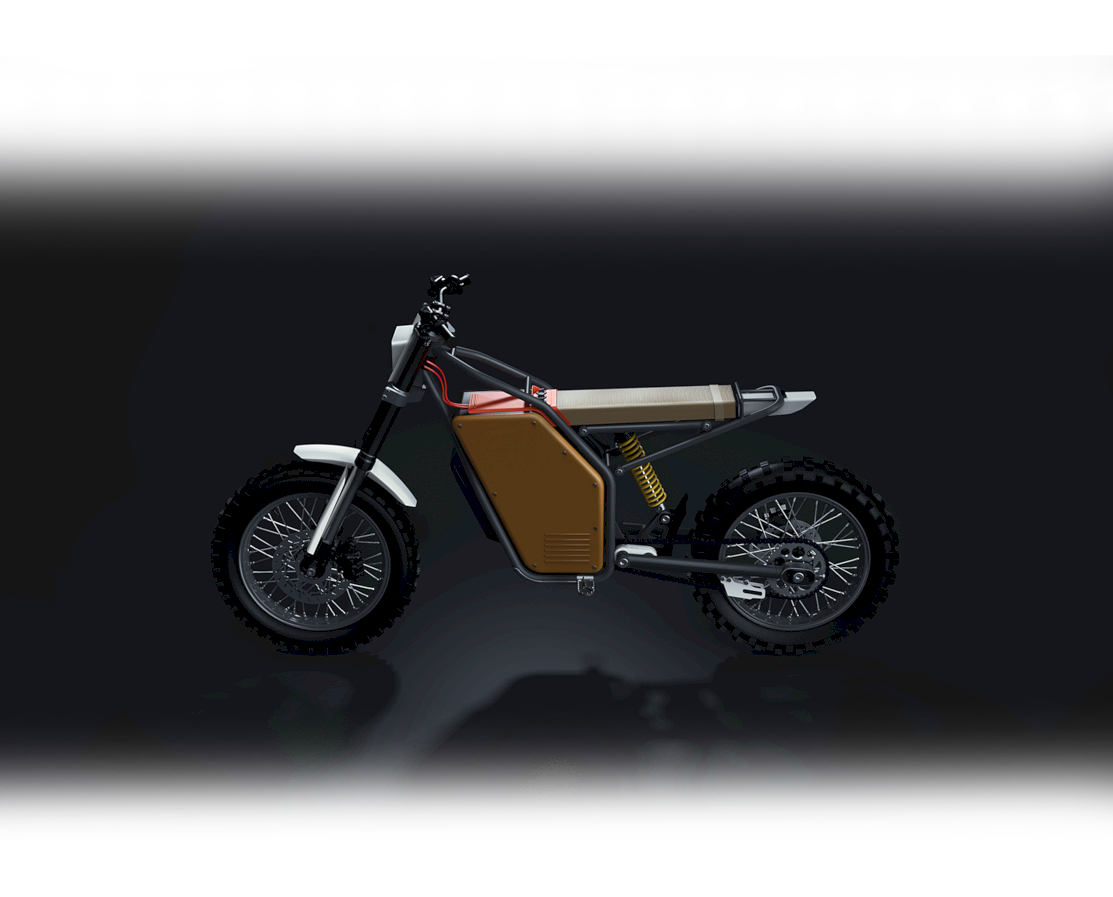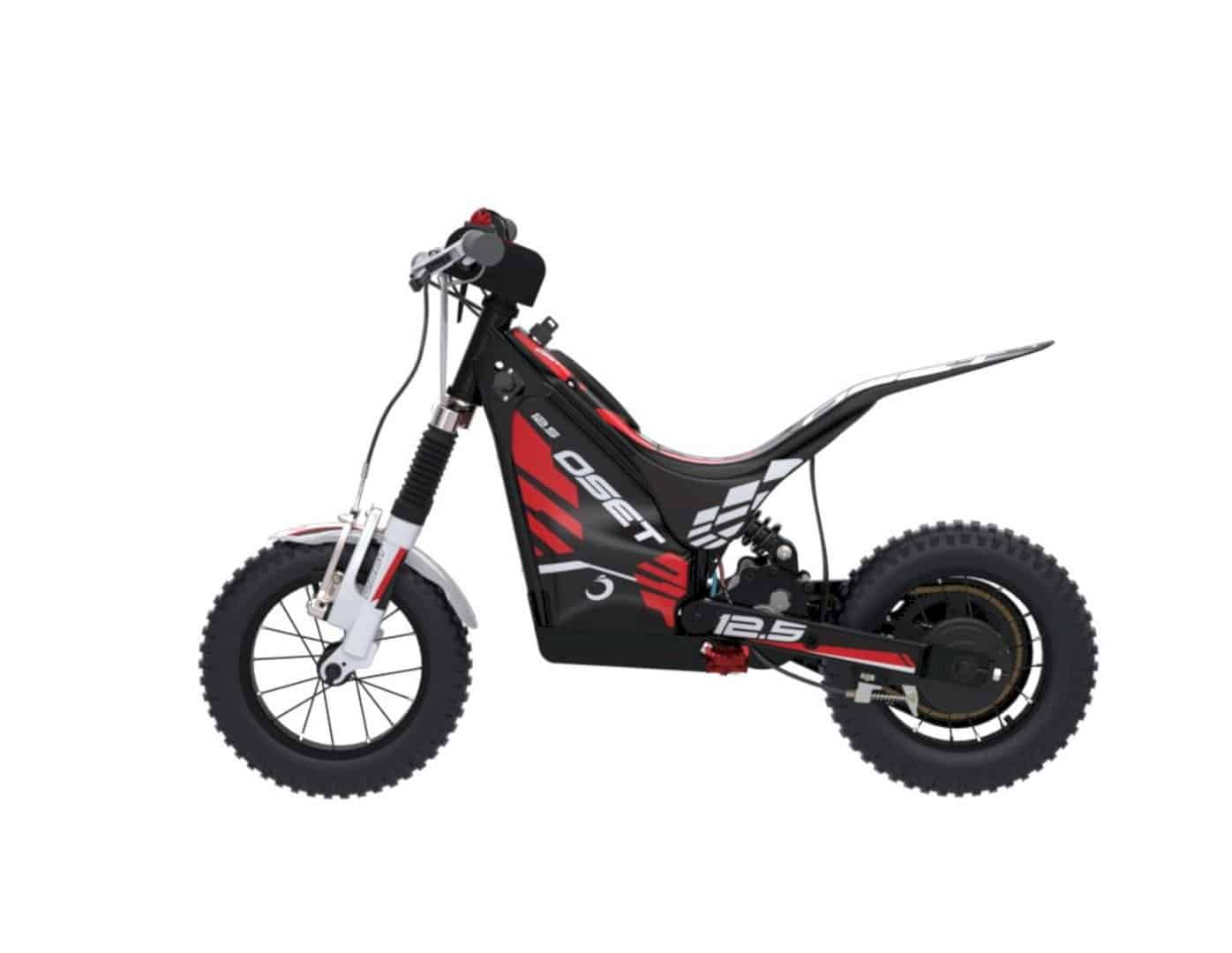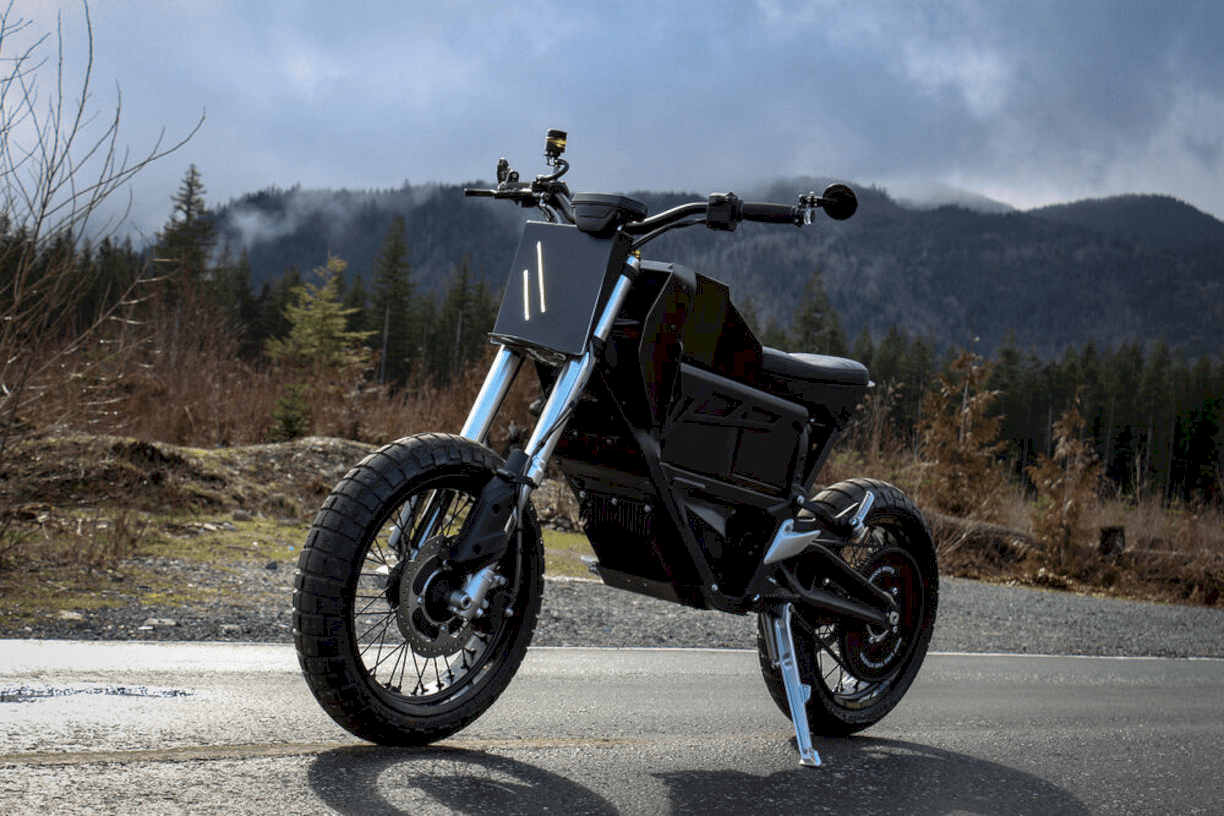When you think of an electric motorbike, most of us still think that shape will have a simple and straight design. However, Energica has just announced its electric motorcycle in a scrambler style which they claim will be the first classic electric motorcycle.
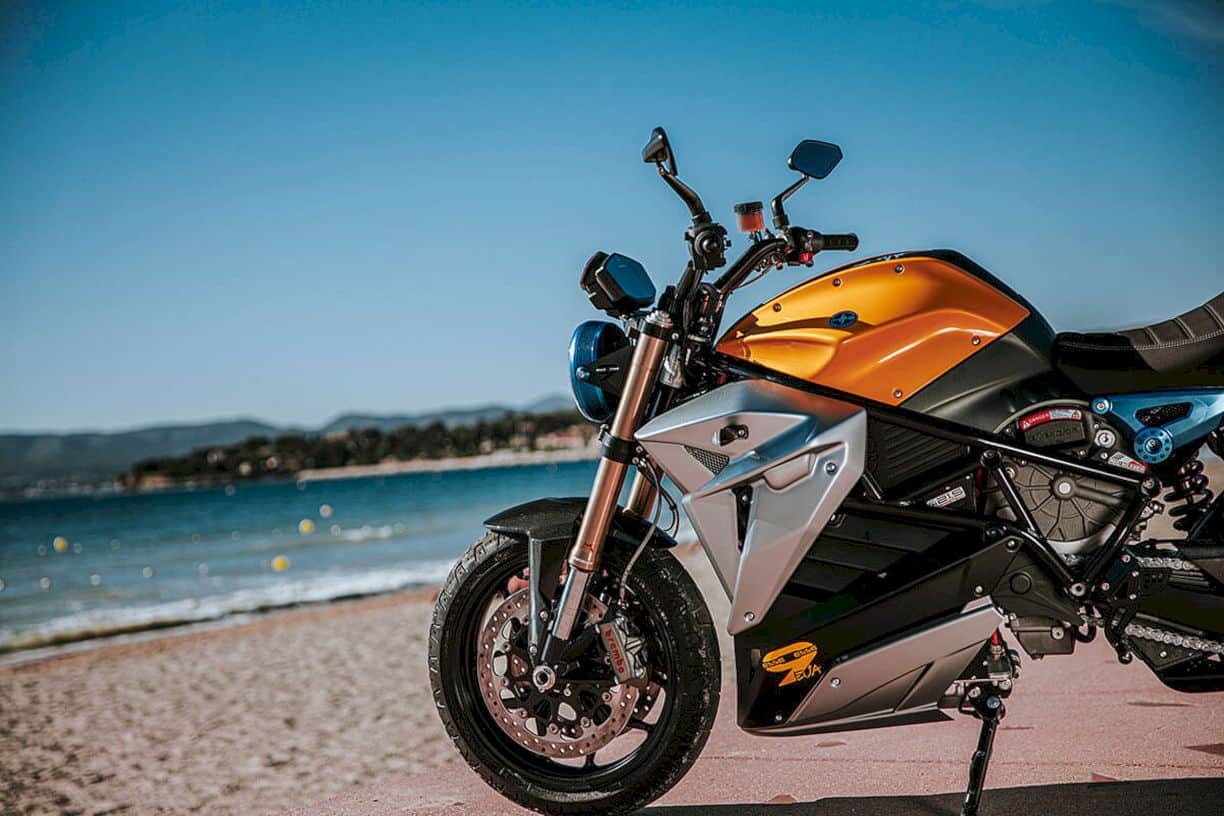
Eva EsseEsse9 is not the first to be a scrambler-style electric motorcycle from the Italian manufacturer. The reason is that three years ago Energica has also introduced its first-generation which was at that still a concept.
It is interesting to examine more deeply because of the scrambler-style design which usually illustrates the strength and toughness of a motorbike. Despite using an electric engine and without using fuel oil like conventional motors, Eva EsseEsse9 has the capability that cannot be underestimated.
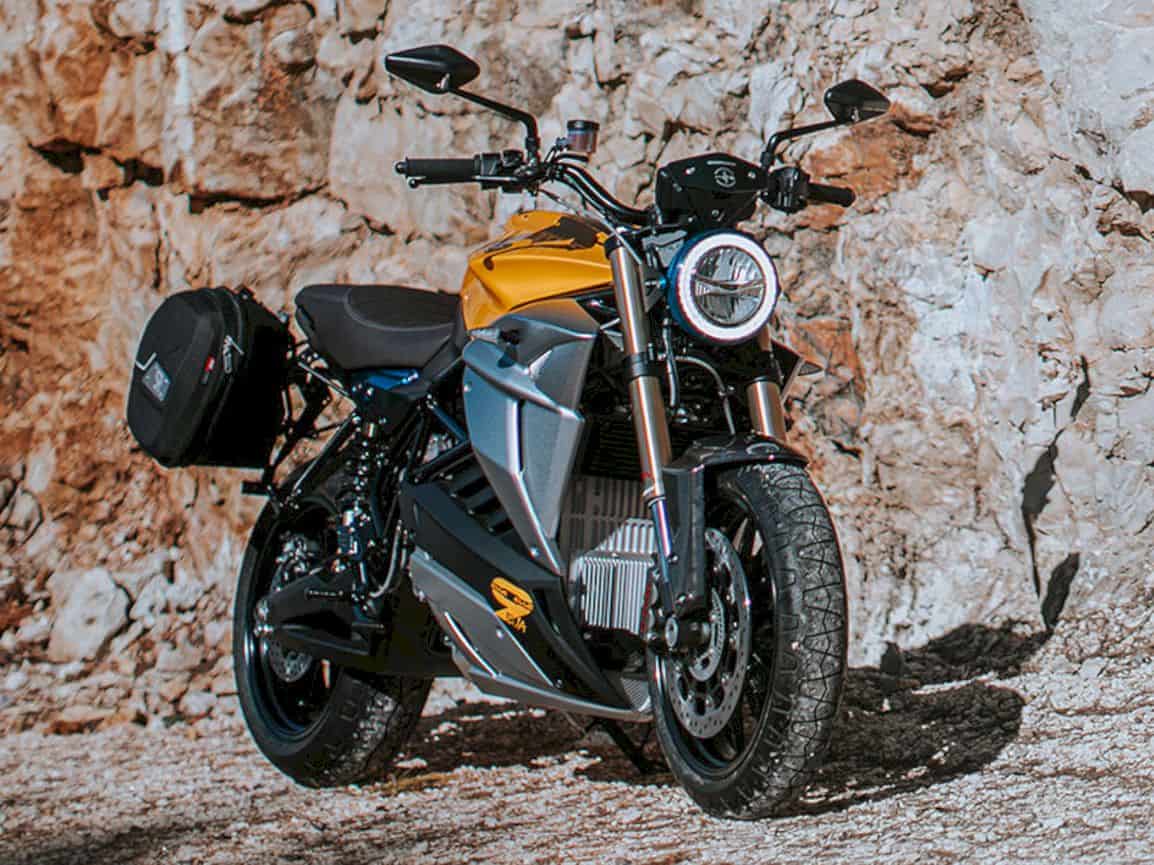
The reason is that the motorbike is claimed to be able to drive up to 109 horsepower and has a torque of 180 Nm / 133 ft-lb. With these strengths, it is not surprising that this motorbike can compete with some conventional naked bike.
Seeing the design it carries, it is very appropriate for this motorcycle to packed that much power. The reason is the ribbed seat style, dual-sport tires and racing numbers that are stuck in the side make it look very ready to get on the streets.
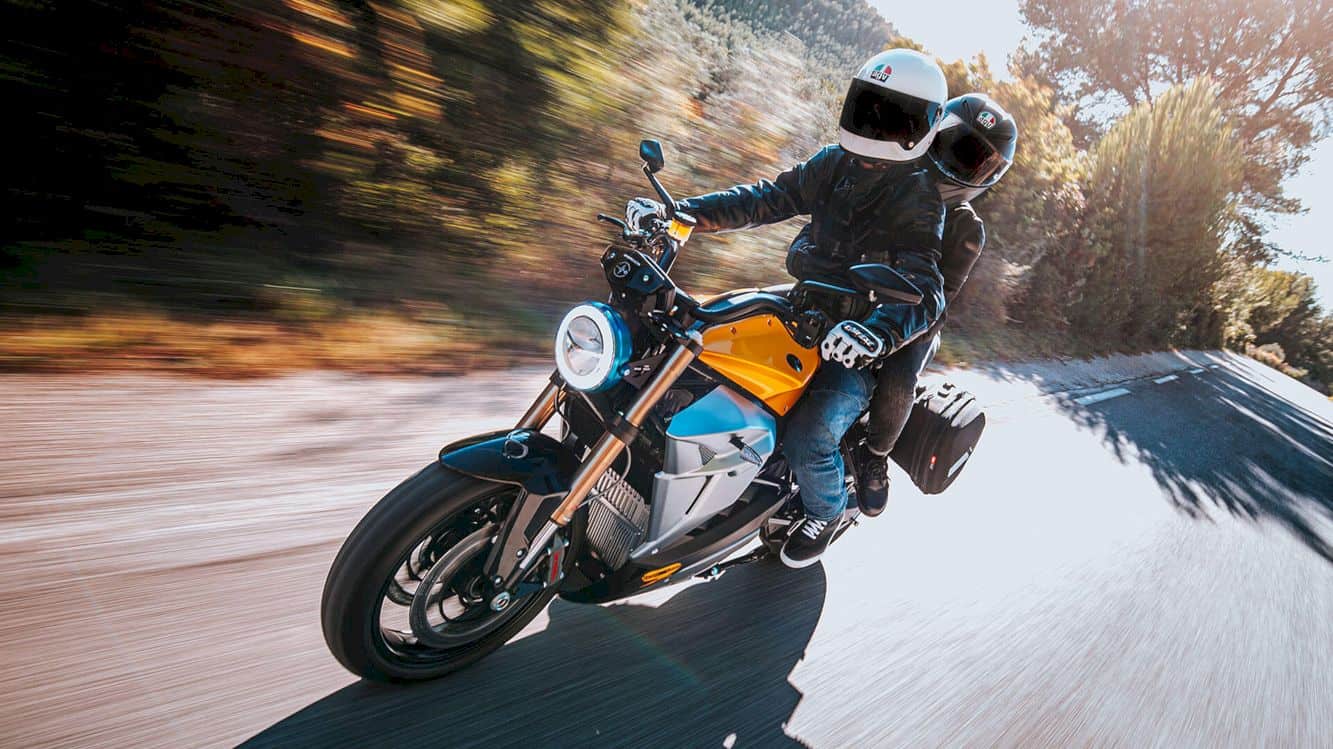
Energica itself has become a leading Italian electric motorcycle manufacturer when it displays Eva EsseEsse9 and had mentioned that their brand-new motorcycles will become a new segment to penetrate the retro-style motorcycle market.
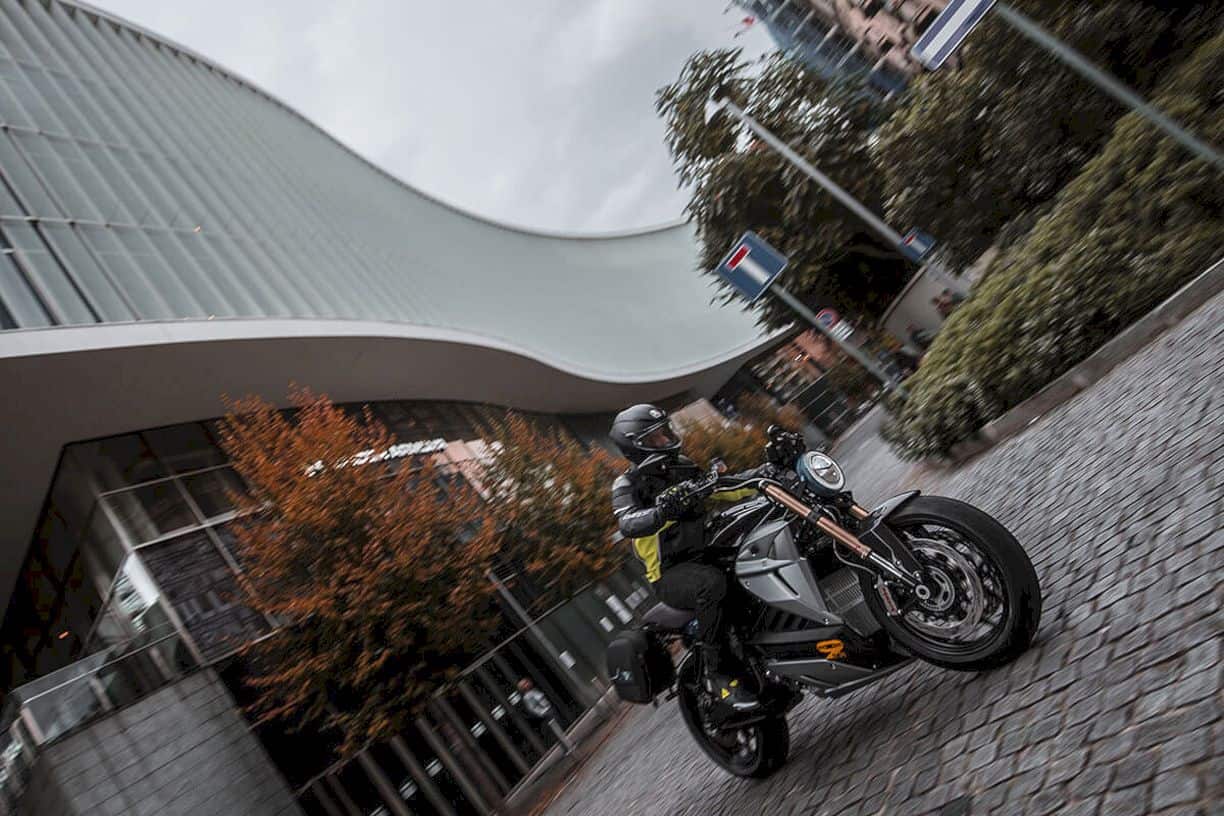
In all honesty, The overall Eva EsseEsse9 electric scrambler appearance takes a lot of time to understand. The reason is that some components are exposed to an unusual, such as a large battery box which is usually sought hidden.
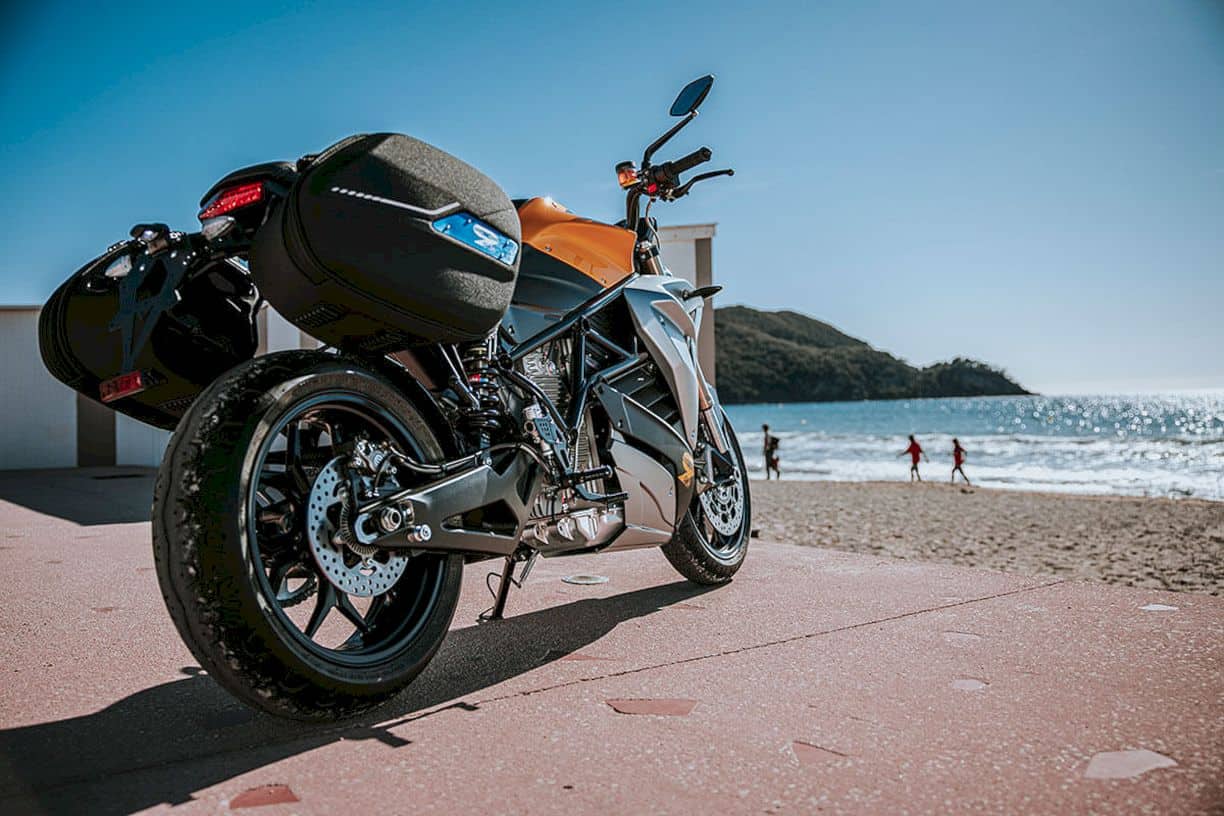
Simply said, Eva EsseEsse9 is the Retro motor of the electric motor manufacturer based in Modena Italy, the design looks classic with LED round headlamps, the seats are made more artistic and there are additional accessories such as bracket side boxes that make it ready for touring.
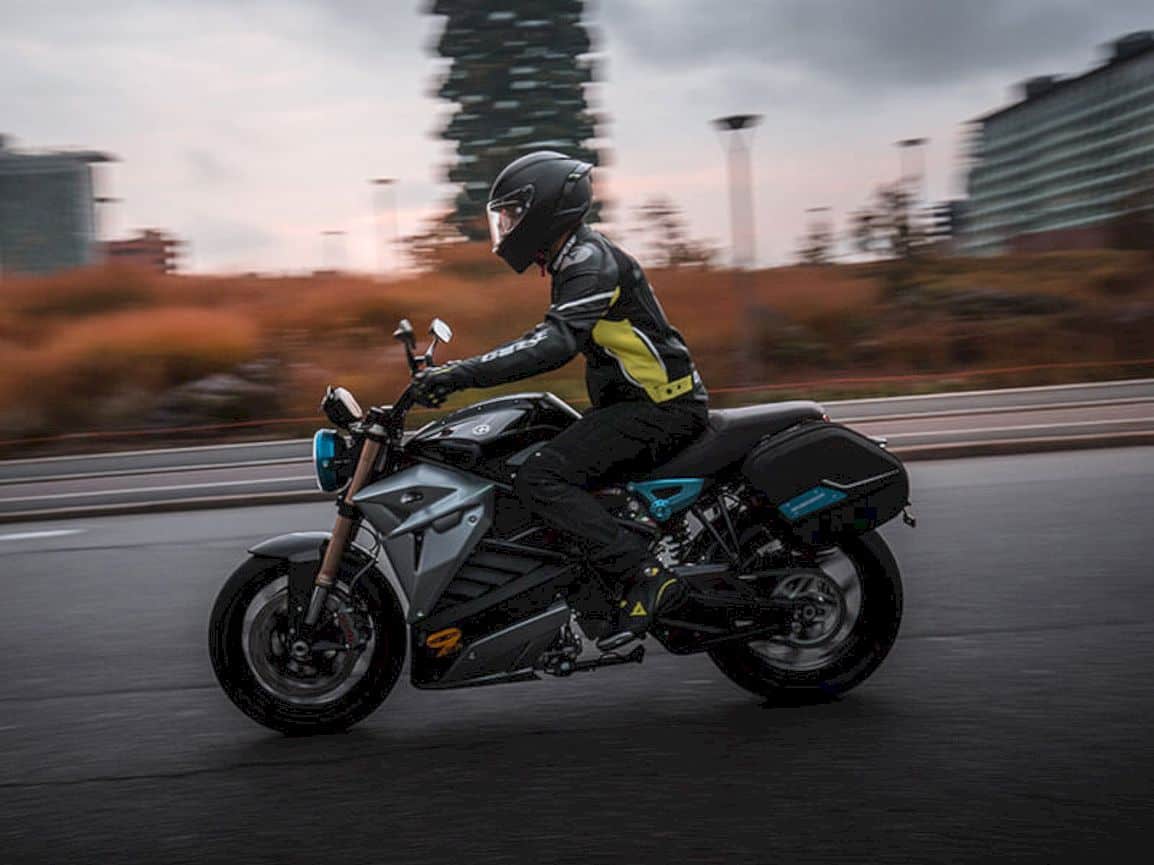
The Eva EsseEsse9 has an elite component: Slow Charge and DC Fast Charge capacity gave as standard hardware to the rider; 200 km of city touring, 160 km of consolidated city and expressway go, and 130 km of interstate riding: no cruiser in this class has a more prominent range – or quicker charging process.
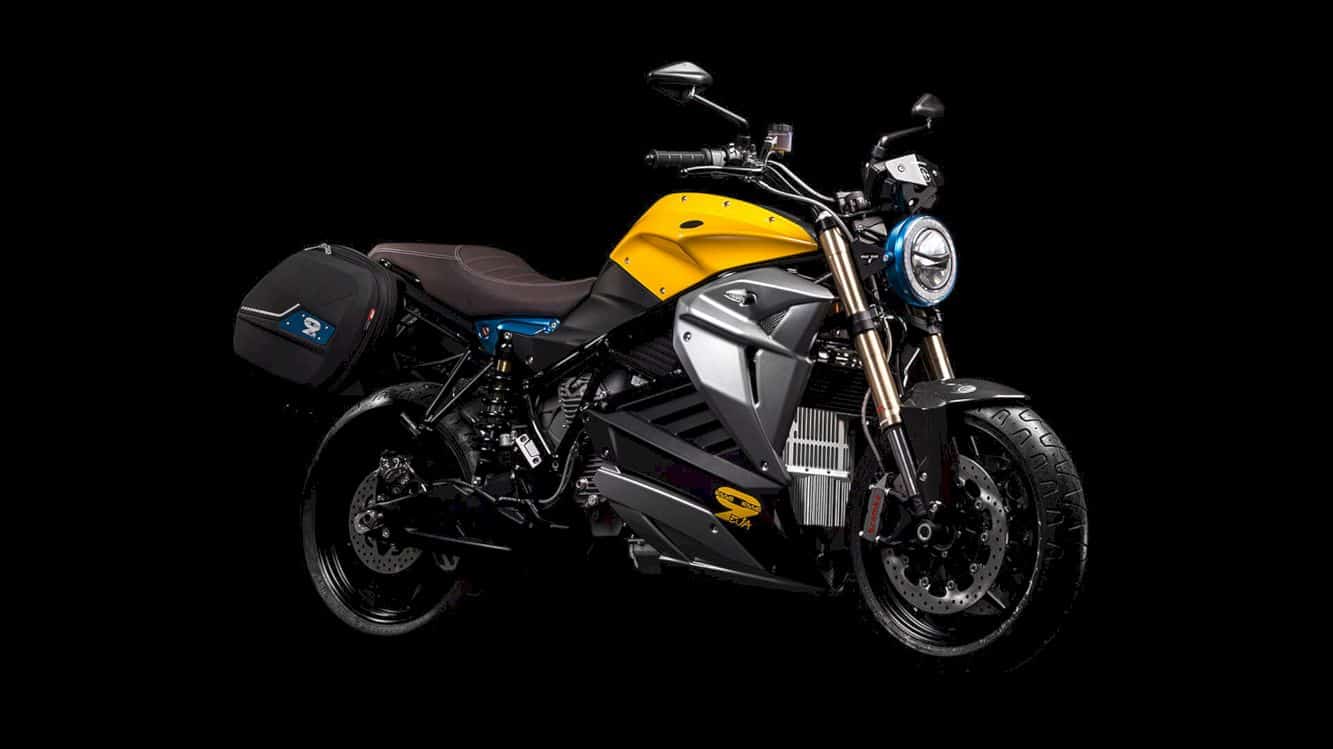
The name of the bike comes from Via Emilia, a memorable street crossing the Italian Motor Valley. Via Emilia is one of the most seasoned Italian streets, built by the Roman emissary Marco Emilio Lepido in 187 BC to interface Rimini and Piacenza.
Energica Eva EsseEsse9
